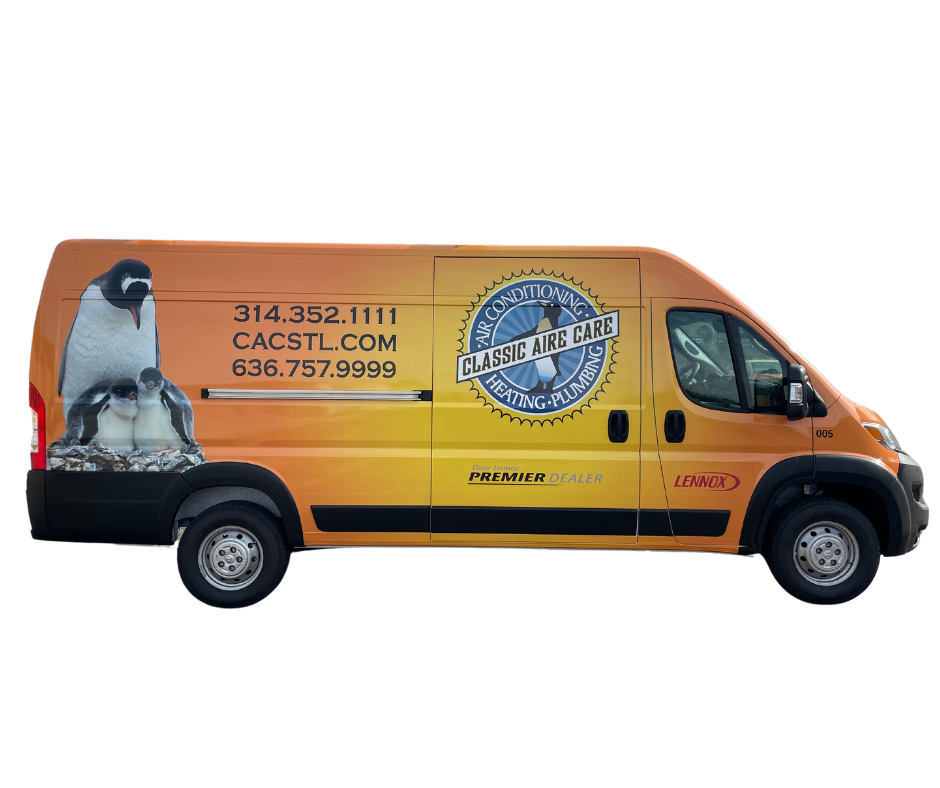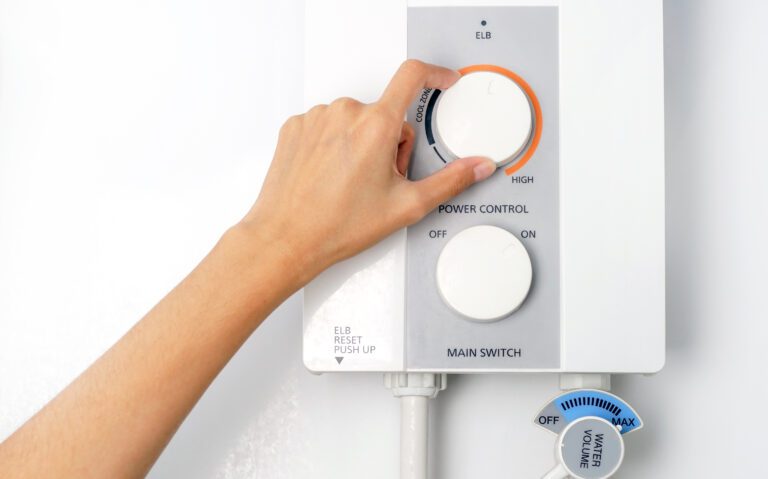Preventing Frozen Pipes In An Apartment Or Home
St. Louis weather in January can be difficult to predict. Winters are usually mild with some snow, ice temperatures teetering between 30 and 50 degrees. It’s not unusual, however, for the region to also encounter snow storms or bouts of subzero temperatures throughout January and February.
For renters and homeowners alike, these freezing temperatures are an obvious cause for concern. It’s important to keep pets, family members, and yourself warm during these dramatically cold temperatures. While power outages and furnace breakdowns might be top of mind during these extreme weather events, it’s also important to think about your home’s water pipes as well.

Freezing temperatures can cause stagnant water in poorly insulated areas of the home to quickly turn into ice.
According to the American Red Cross, when water freezes, its volume can expand as much as 9 percent. Because of this, it does not matter how strong pipes in these temperature-vulnerable areas of the home could be. These pipes could still burst if water freezes within them, leaving you with hundreds to thousands of dollars in property damage repairs.
How To Protect Your Home’s Pipes From Freezing
If you’ve got an ample amount of time to prepare, then you should add insulation to better protect these vulnerable areas of your home. These areas can include external walls of your home, attics, crawl spaces, under kitchen or bathroom cabinets, and inside your garage.
Discovering that one of these areas is not insulated should drive any homeowner to insulate each space as soon as possible. Depending on the size of the room and weather conditions, it’s not always possible to fix these issues immediately.
That’s why we’ve gathered several tips for both renters and homeowners that are preparing for an upcoming deep freeze.
- Insulating Exposed Pipes – When a water pipe remains exposed in a room with little to no insulation, that causes it to be even more vulnerable to freezing in subzero temperatures. Wrap these pipes with an insulating layer of foam, known as a pipe sleeve, so it can stay warmer during the deep freeze. If you don’t have immediate access to a pipe sleeve or heat cable, then you can also wrap thicker materials like a newspaper to help insulate them.
- Keep External Doors And Windows Closed – While this is a good idea for the insulated rooms of your home too, it’s important to keep as much cold air out of the areas that are not insulated.
- Open Cabinet Doors That Contain Plumbing – Cabinets are also not insulated very well. By opening up any cabinets that contain water pipes, you will allow warmer air to circulate around them.
- Allow Cold Water To Trickle From The Faucets – Water that is stagnant for extended periods of time will freeze much faster than water in motion. This will also prevent your pipes from freezing completely solid.
- Don’t Turn Down Your Thermostat – Keeping your thermostat at the same temperature at night or when you leave the house can also help prevent pipes from freezing over. A decrease in temperature might save you a few extra bucks on your next utility bill, but it’s not worth the risk of a several hundred dollar repair.
- Keep Temperatures Above 60 Degrees – If you’re planning a Mid-Winter escape, then you’ll want to make sure your house stays warm and dry while you’re away.
How To Thaw Frozen Pipes Underground And Within The Walls Of Your Home?
It can be difficult to tell when a pipe freezes in your home’s walls. Some of the biggest telltale signs include little to no water emerging from your home’s faucets, the appearance of ice or condensation on your home’s walls.This also applies to pipes that run outdoors or underground.
To thaw out these pipes and avoid disaster, here are three things you can do:
- Run Your Faucets – Warm water should be run until each faucet’s water pressure returns to normal. This will help melt any ice away that has formed within the pipes. Following this step, you should consider trickling water from the faucets for a few minutes, every few hours, to avoid refreezing the pipes. This can help for indoor and outdoor plumbing.
- Use A Portable Heating Device – To thaw out visibly frozen pipes, place a heating pad, space heater or hair dryer directly at the affected area. Alternatively, a hot towel can be directly applied to the affected pipe to speed up the thawing process. You’ll know if this process works by seeing your faucets’ water pressure return to normal.
- Call A Plumber ASAP – If these tips do not work, then it’s better to enlist the help of a professional that can locate a frozen pipe. If a pipe is buried under your home or located behind a wall, a plumber will be able to view any problems with their state of the art technology.
Our Insulation Contractors In St. Louis, MO
It’s not too late to prepare your home for the coldest days of Winter. Enlist the help of Saint Louis’ quality plumbing and insulation contractors with Classic Aire Care. At Classic Aire Care, we prioritizes the wellbeing of each client by showing up in a timely manner to thoroughly inspect your home’s insulation. Our contractors work efficiently to insulate your home and will clean up any messes made during installation.
To schedule your service appointment with us, please call us at 314-329-1943.
let’s get started
Let's Get Started


Save on Service & Enjoy Peace of Mind
Become a Planned Maintenance Agreement Customer
- Priority customer status
- Discounts on repair services
- Comprehensive maintenance & tune-ups
- No overtime charges
- Extended equipment life





